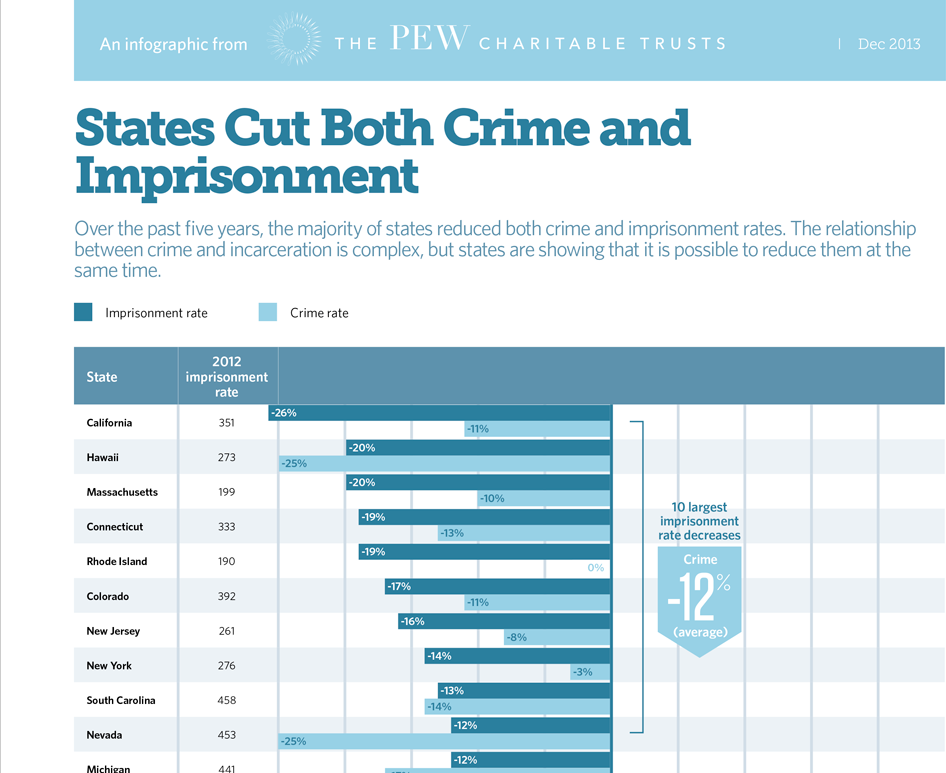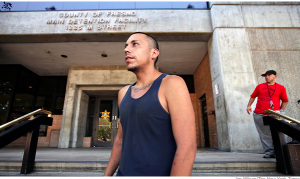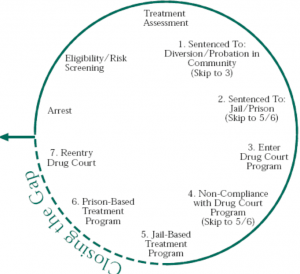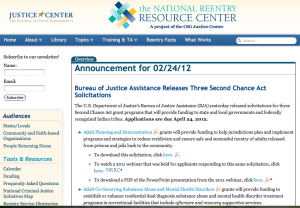March 24, 2014
Recent statistics from across the nation suggest that criminal justice reform has become a win-win proposition. The Pew Trust, a highly respected authority, has examined data from all fifty states and concluded that morel than half of the states have reductions in both rates of imprisonnmet and crime over the past five years.
Breaking the data down further , PEW shows even more impressive results:
- The crime rate went down in all but four of the 31 states that reduced their imprisonment rates. It went up in one of the 15 states that increased their imprisonment rates.
- The 10 states with the largest decreases in imprisonment rates had a 12 percent average reduction in their crime rates, and, in the 10 states with the largest imprisonment rate increases, crime rates fell an average of 10 percent (see table below).
- Crime was down in states that continued with (and paid for) rapid prison growth, as well as those that did not. For example, crime rates in both Arizona and Maryland fell 21 percent from 2007 to 2012. Over the same period, Arizona’s imprisonment rate grew 4 percent while Maryland’s declined 11 percent.
PEW claims that the results reflect several factors; bipartisan support for reduced imprisonment and accompanying reduced prison budgets; strong public support for elimination of imprisonment for non-violent offenders; and evidence based alternatives to prison that have had significant success.
The success of reducing imprisonment and reliance on evidence based alternative to imprisonment are srong indicators that we’re moving in the right direction, and need to increase our embrace of criminal justice reform.
[The PEW article that this story is based on can be found by clicking on the Table above]









